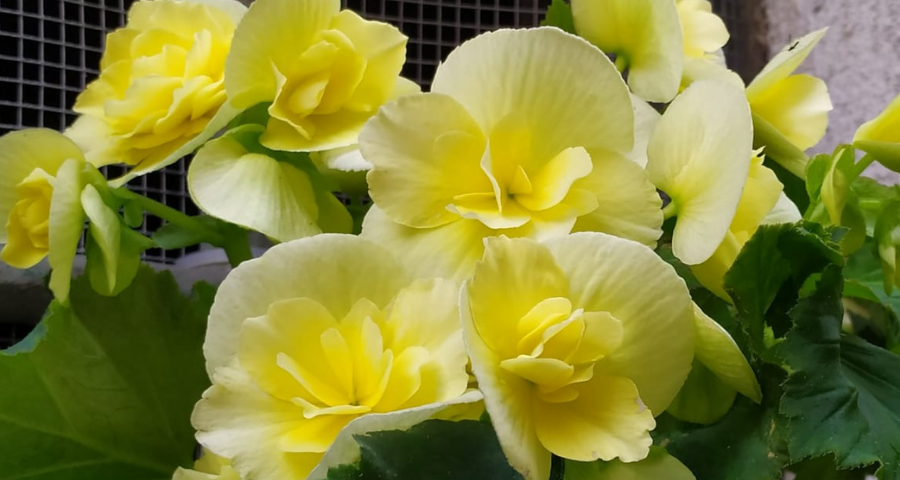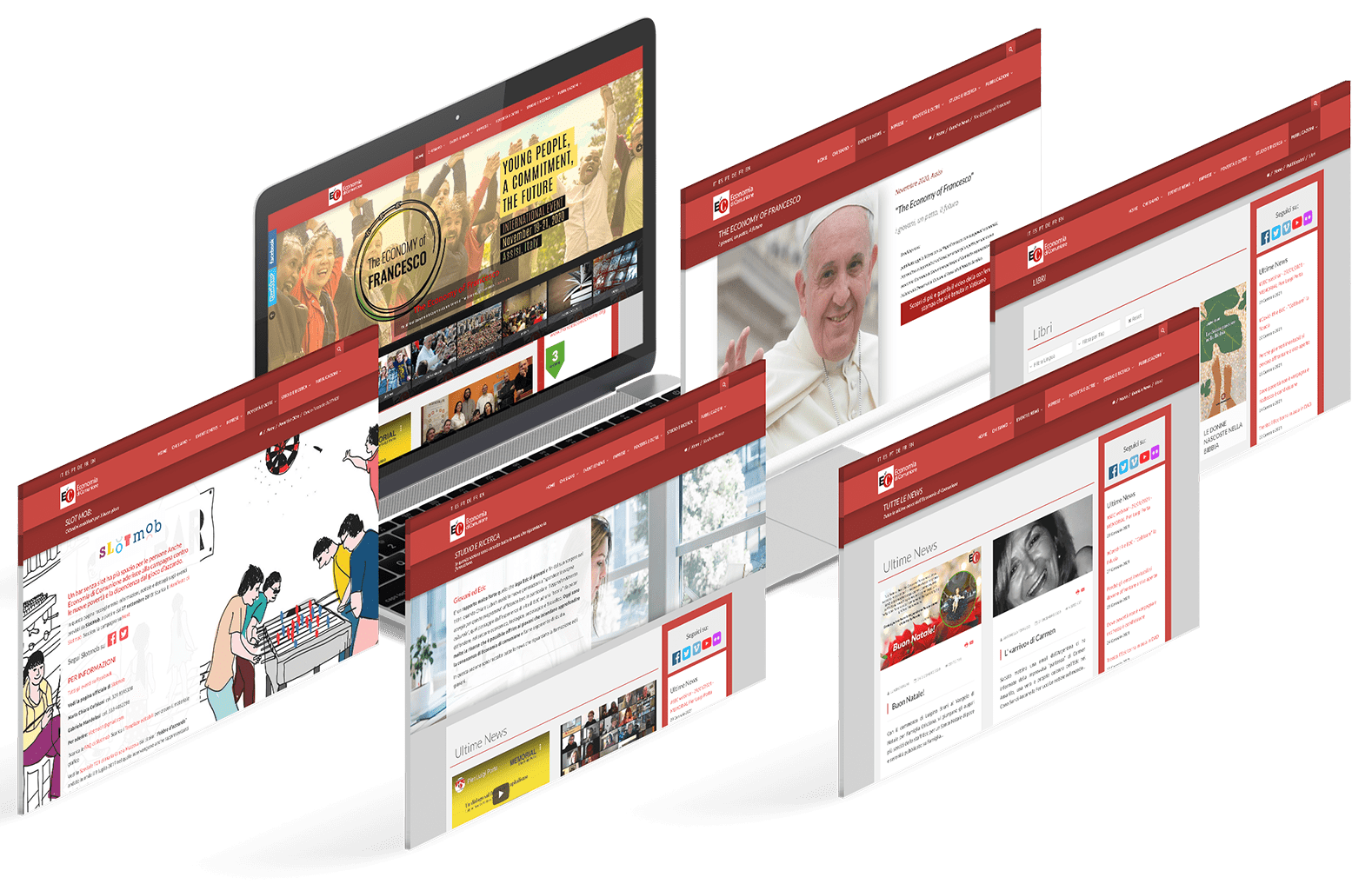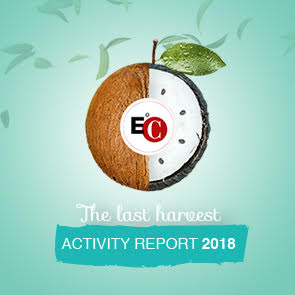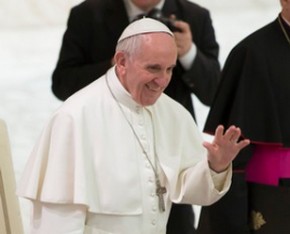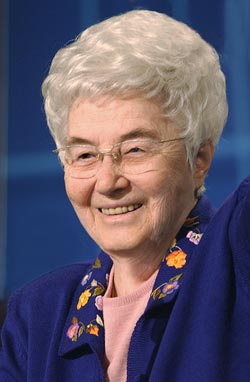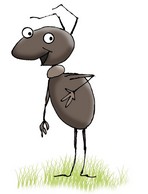Faithfulness and redemption/16 – At the very end of the Book of Ruth, there is a birth. And an unrivaled chorus of women.
by Luigino Bruni
Published in the Avvenire on 18/07/2021
""We need to change God to keep him, and for him to keep us."
Paolo de Benedetti, Which God?
If we look at the world through the eyes of the Bible, we will soon understand that every son and daughter who is born, serves to explains the history of our ancestors and illuminate that of our descendants with his or her story.
«So Boaz took Ruth and she became his wife. When he made love to her, the Lord enabled her to conceive, and she gave birth to a son. The women said to Naomi: “Praise be to the Lord, who this day has not left you without a guardian-redeemer. May he become famous throughout Israel! He will renew your life and sustain you in your old age. For your daughter-in-law, who loves you and who is better to you than seven sons, has given him birth”» (The Book of Ruth 4,13-15). The women of Bethlehem make a comeback in the story, like the choir in a Greek tragedy. The Book of Ruth is about many things, all equally beautiful, but the women are the most beautiful of all. Before starting this commentary, I knew that Ruth was quite a female book; but I did not think it was so to such a great and intense extent. It was a great surprise to me, but also a way to honour the women who have supported the world with their care during this pandemic. Once again, the women offer wonderful words to Naomi, and to us as well. The true environment of blessing is still reciprocity: Ruth gives birth to a child, the women tell her that that child will redeem Naomi, whom Ruth loved and who means as much to her as many children would. A wonderful dance of love, circle of hesed, agape and philia. Direct and indirect reciprocity, the real protagonists of the book.
In a book entirely centered around the great figure-institution of the goèl, the saviour-redeemer, in the end we discover that Boaz is not the only goèl in the story: the child is in fact the other goèl . That child will redeem the two women, and will be their comforter, their hiphil, the one who, literally, "makes the breath return", the one who "gives the breath back", the resuscitator. Ruth’s way of defining the child as a goèl and resuscitator is very beautiful indeed. Every day we witness the arrival of children in our families, giving new breath to mothers, fathers, grandmothers, grandfathers, with their birth. Tired couples, exhausted families, who are able to breathe again with a child being born. Each child not only brings a bundle of providence, he or she also brings new oxygen to start breathing again, or so that everyone can breathe with more ease. Children help extend our lives, not only because they make our existence look beyond our own life, but because they extend our breathing, they give us a source of joy and a desire to live that we would not have without their gift. Children force our destiny and give us added days of life, which we decide to live if only to be able to see our child or our grandchild once again tomorrow. They teach us to count our days with a different wisdom of heart.
Ruth's child is Naomi's redemption, her second goèl. Boaz, the first goèl, could only redeem the land and guarantee a material subsistence for Ruth and her mother-in-law; but the book has constantly told us that Ruth’s and Naomi’s real redemption was in fact a child. This form of redemption cannot be guaranteed through legal acts, not even through marriage. It can only happen as a gift. Because every child is a gift, and there is no purer and greater gift than a child. Each child is something more than a natural and necessary fact. Since sterility also exists in nature, nature is not enough for the arrival of a child. And even if our culture has lost the religious sense of procreation, the arrival of a child is still the greatest joy precisely because it carries this essential dimension of freedom and gift along with it. If religious and religious sensibility and belief were ever to disappear from the face of the earth completely, it can always be born again through the birth of a child.
«Then Naomi took the child in her arms and cared for him. The women living there said, “Naomi has a son!"» (The Book of Ruth 4,16-17). Boaz leaves the scene immediately after completing his task - the Midrash Lekah Tov have him dying in the story the day after the wedding (Legends of the Jews, vol. VI, 1998, L.Ginzberg). The naming and the weaning of the child become an entirely female matter, partly because they really are. The female monopoly on the early life of both boys and girls was one of the unwritten golden rules of civilizations. Until the generation of my parents, men were temporary and provisional guests in the primary education of their children. Every now and then they looked in through the door, and then immediately retreated due to a lack of tact and skills. In that world, children were the treasures of women (mothers, grandmothers, aunts, sisters), fleeting and passing treasures, often the only joys in difficult and unjust life.
A child was born to Naomi: the child was given birth by Ruth, but, more so back then than today, every child born to a daughter is also the child of her mother. Few forms of love are greater than that of a grandparent for a grandchild, impossible to compare to that of the parents, and if we were able to calculate it we would not find it minor, only different. We come to realize, by dramatic contrast, when the suffering for a grandchild comes into play: that of a grandparent is an increased suffering, for the grandchild it is further multiplied through that of his parents, a chain reaction that touches infinity. Furthermore, for the first and only time in the Bible, the child is attributed to the woman and not to the man (for example: «Seth also had a son and he named him Enosh»: Genesis 4,26). And Naomi is no longer bitter and empty,
God has filled her with a child. She becomes the nurse of the child who in turn will give her new breath in her old age: again a matter of reciprocity. Women are even the ones who choose the name for the child, again, the only case in the Bible, normally it was never the neighbors or the women of the village who named newborn children. Here, however, the women give Ruth-Naomi's son his name, perhaps to tell us something that the other women of the Bible would have told us if they could have spoken more often: a child is not a private good, he or she is a common good, it is everyone’s child, and she or he will be raised by the whole village. All these women from Bethlehem were also there that night by the manger, even if they could not have been aware of it.
«And they named him Obed. He was the father of Jesse» (The Book of Ruth 4,17). Here then we have the name that was missing from our mosaic, David, the most beloved name of all, a name that has echoed in the wind since the beginning of time. And thanks to this name, which alone encompasses the whole Bible, we are able understand a profound message of the Book of Ruth. The story of Naomi, Ruth and Boaz is the bridge that links the prehistoric stories to the history of Israel, Abraham and the patriarchs with the monarchy, David with the tribe of Judah and Jerusalem. When David makes his appearance in the history of Israel (in the first book of Samuel), his genealogy is not mentioned, instead he arrives in Bethlehem out of nowhere. The Book of Ruth completes the read thread of salvation, explaining the overall plot of providence. And so, the Book of Ruth redeems the sad story of Judah, that story of incest involving Tamar, from which Perez, the ancestor of Boaz, David's grandfather, was born: « This, then, is the family line of Perez: Perez as the father of Hezron, Hezron the father of Ram, Ram the father of Amminadab, Amminadab the father of Nahshon Nahshon the father of Salmon, Salmon the father of Boaz, Boaz the father of Obed, Obed the father of Jesse, and Jesse the father of David» (The Book of Ruth 4,18-22).
All this to tell us something important about the logic of the Bible, and of life. Time in the Bible moves in both directions of the axis. To understand the full meaning of an event you have to go back and forth in time. What explains it, is not only what happened before, but what happened afterwards is equally essential. The marriage between Boaz and Ruth not only enlightens the person and the story of David (who will enter the story later), it also explains the story of Judah and Tamar (which took place earlier). It gives meaning to the pains and joys that preceded and followed it. Jesus of Nazareth not only explains the meaning of the story of Judas, Tamar, Ruth and David, but Judas, Ruth and David explain Jesus: they make us understand that the incest of Judah and the murder of David, together with the grace and fidelity of Ruth, were also there, part of his flesh and message. And hence, that the humanity of Christ is true because it collects all the sins and virtues disseminated along his genealogy. However, this also means then that Judas, Judah, David, Ruth, Naomi and all the women of Bethlehem were also there in his risen body, redeemed by another goèl. When the first Christians made the courageous and joyous choice to keep the Old Testament linked to the New Testament, they lengthened, in both directions, the axis of the goèls in history of salvation, the series of redeemers and redeemed, multiplied the gift of the breath of the children. But if we look at the world through the eyes of the Bible, we will soon realize that every time a child is born, his or her story will also serve to explain the story of his ancestors and illuminate that of his or her descendants. How many times do a granddaughter's graduation and a grandmother's love and faithfulness not explain and enlighten each other?
Sometimes, to truly understand a great pain or a great joy, you have to wait for the thousand years or more that separate the barley fields of Boaz from Mary's cave. In the language in which the decisive sentences of our life are written, the verb is always placed at the end.
Once again we must bid farewell the protagonists of our story. In recent years we have commented on many biblical books (eleven), all beautiful, yet once again the latest one, the Book of Ruth, seemed to be the most beautiful to me. Naomi, Ruth and Boaz have accompanied us during these four months, while a life and story that were not always easy flowed around and within us. By following their "voiceless vocations" we can reconcile with our own, which are almost always as voiceless as theirs. Their faces mingled with ours, they became part of our home, they loved and talked to us like our family and neighbors. And leaving them is not easy. I too discovered them, like you, Sunday after Sunday, and after each episode they seemed greater, more beautiful, more alive, because they really are. Thanks to them I met new readers, who now are new friends, with whom the journey will continue when, after a four-week break, we will resume our journey. As always together with the "Avvenire" and its director Marco Tarquinio, who continues to accompany me, series after series, through these years of tenacious weekly work (July 24 is the 10-year anniversary of my first article), a partnership that has become essential to me.

